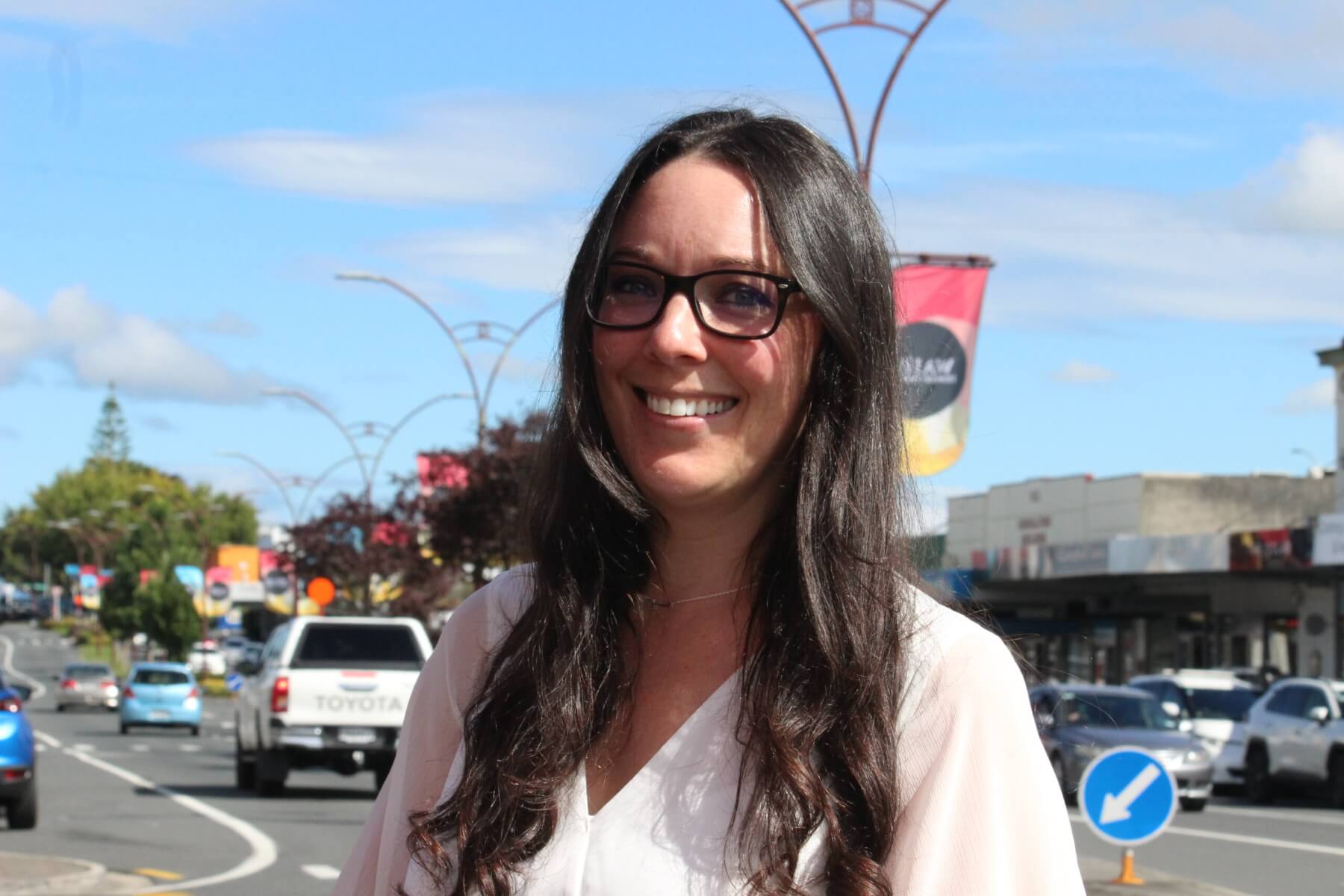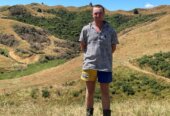
Janine Krippner

Janine Krippner
Did you know that the rock that makes up the top of Mount Everest is limestone that formed below the ocean?
Enormous tectonic forces slowly pushed the rocks upwards to make a mountain range that includes the highest point on Earth above sea level. Studying Earth sciences brings a whole new level to road trips. Looking out car windows to see the road cuts, mountains, hills, ancient riverbeds… you get an image in your mind about the deep history of a place, long before humans walked our lands.
Studying to be a volcanologist I took a range of university courses including geology (how rocks become rocks and what happens to them through time), soil sciences, hydrology, broader environmental sciences, weather and climate sciences, hazards sciences, petrology (the minerals or crystals that make up rocks), and of course, volcanology. This involves learning about the New Zealand landscape, opening our eyes to the processes that continue to shape our home.
Driving through the Hinuera Valley towards Matamata are tall white rock faces that tell us about enormous eruptions long ago. These rocks, called ignimbrites, formed during three eruptions around one million years ago from the Mangakino caldera, located around 50 km south. The ash and pumice flowed across the landscape at high speeds and temperatures as pyroclastic flows, then settled to where we see them now. We also see them around the country as Hinuera Stone used in buildings and monuments.
Most of geology happens fast, until something like a large eruption, huge landslide, or earthquake alters the landscape with cascading impacts. We learn about how sediments (bits of rocks, creatures that will eventually be fossils, and anything else that settles through water or landscapes) become rocks through time, pressure, and in some cases, heat. These rocks are buried and hardened, then our complex situation at the boundary of the Australian and Pacific tectonic plates push them up again, before water and wind erodes them back down and moves small particles of the rock away to form new rocks over their next lifecycle.
Understanding the rocks, soils, and processes around us is critical. Throughout history people have built dams that have failed, built towns beneath rock faces that have collapsed, on top of soils prone to liquefaction, within areas prone to flooding and tsunamis, on top of faults that will one day move and cause homes to crumble, discard waste that gets into drinking water… we can cause great harm to ourselves if we don’t understand the materials and processes that surround us.
This translates to different countries, being in new locations and automatically having some understanding of the Earth around me. Especially if volcanoes were involved. This can sometimes bring great concern for the people living there, unaware of the dangers they live with. Then there is the awe and wonder of understanding the forces that give us our green rolling hills and flat plateaus, understanding processes much larger than us – and grasping that our largest mountains are made of materials that came from deep below the surface.









